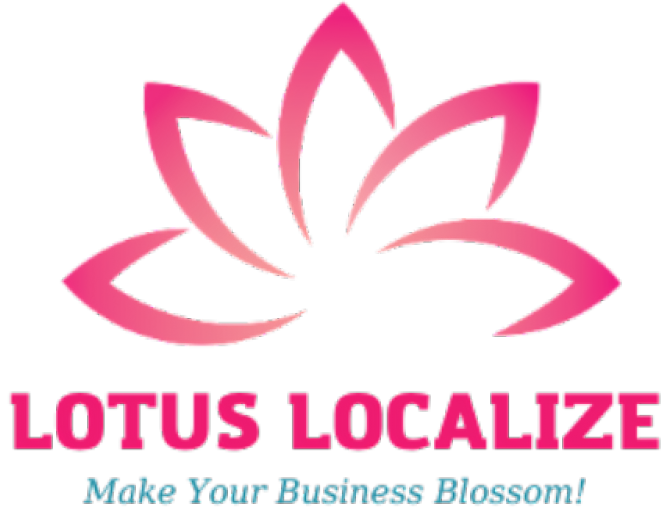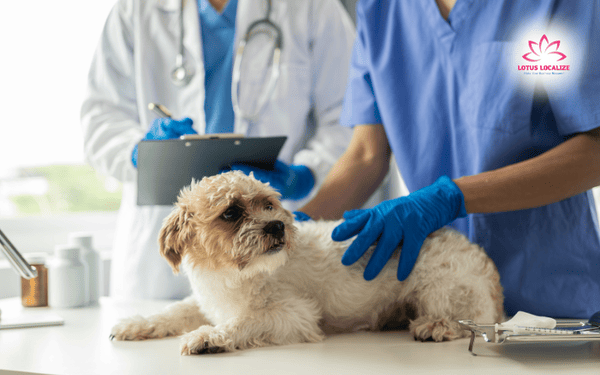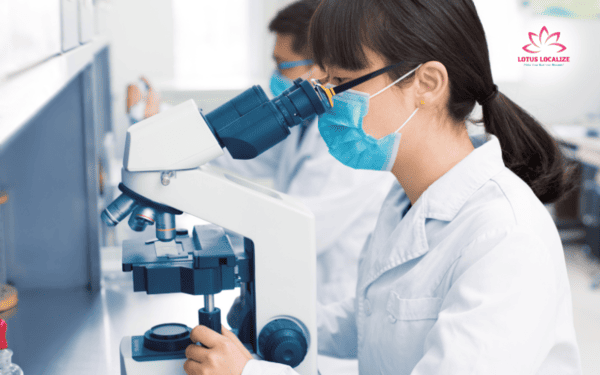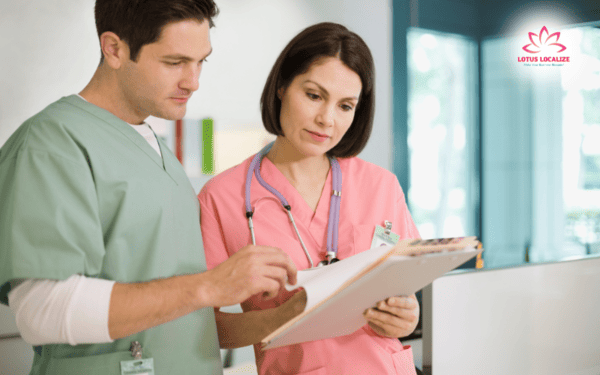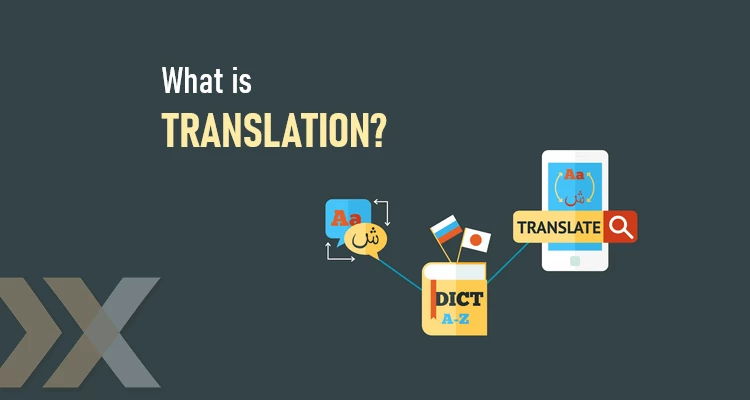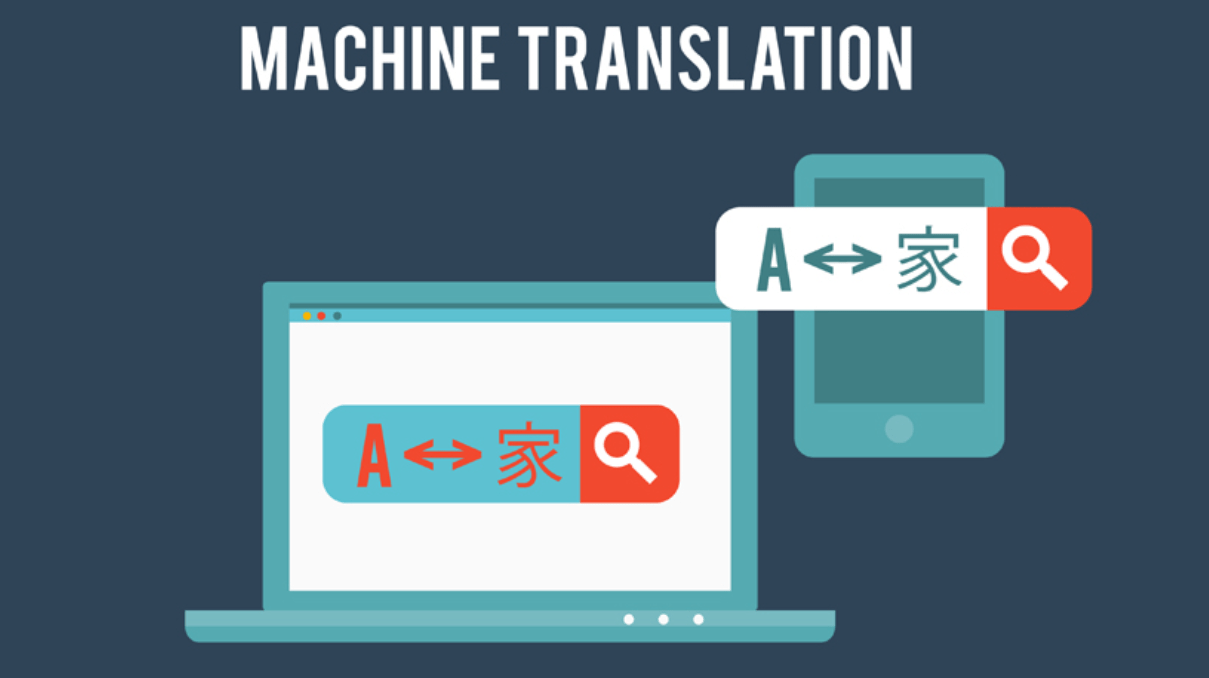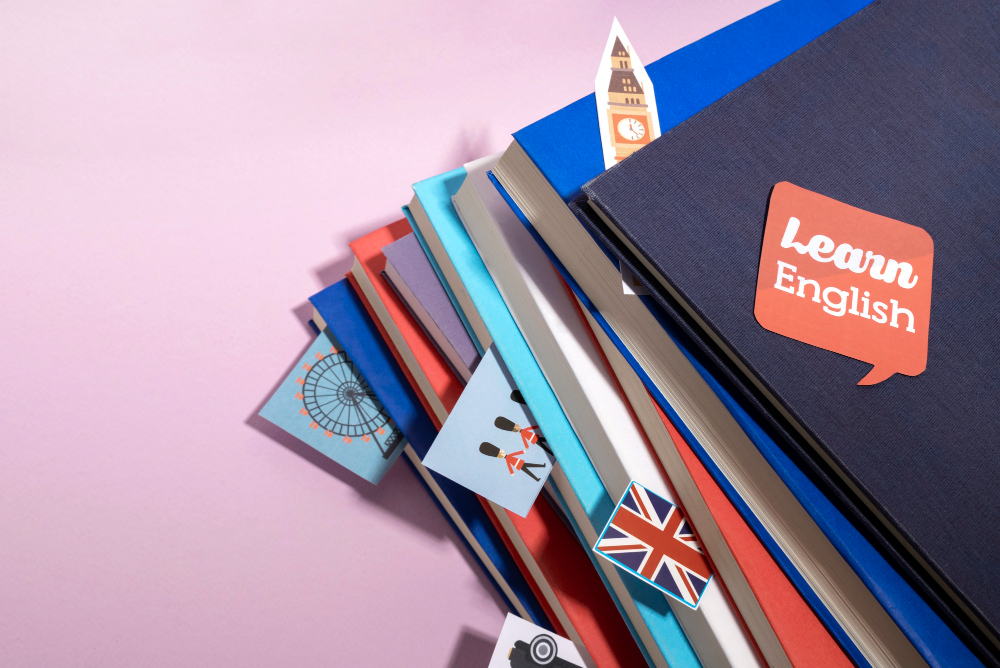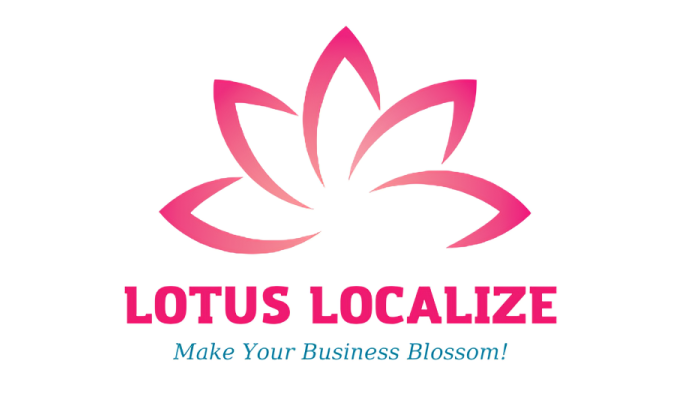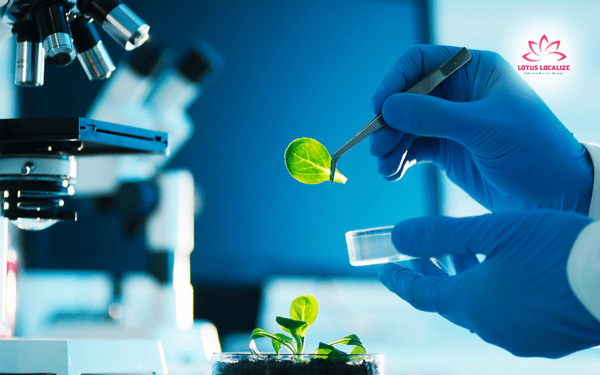
How biotechnology translation drives global health advancements and innovation
Biotechnology translation is driving transformative progress in global health, agriculture, and environmental sustainability, creating a growing need for precise and culturally sensitive translation across international borders. As the field expands, accurate translation of documents—ranging from research papers and patents to clinical trial protocols—becomes essential for fostering collaboration and accelerating innovation. This article delves into the intricacies of biotechnology translation, highlighting its significance, the challenges involved, and the industries that rely on this service. It also provides strategies for achieving high-quality translations that ensure clarity, compliance, and effective communication in the global biotech landscape.
Understanding the essentials of biotechnology translation
Biotechnology translation refers to the specialized process of translating materials related to biotechnology, including scientific research, clinical trials, patents, and regulatory documents. It requires a deep understanding of both linguistic nuances and technical terminology specific to this field. Precision and expertise are crucial, as even minor errors could have significant consequences in scientific outcomes or compliance.
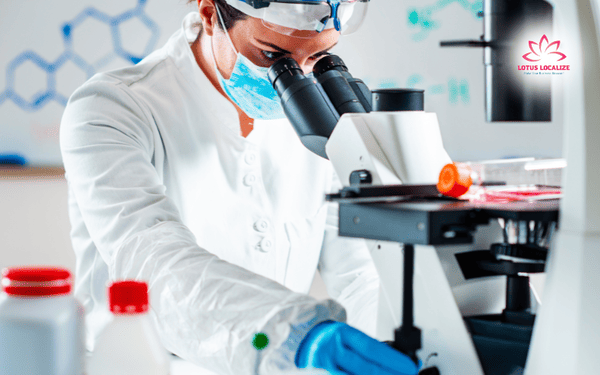
Typical materials that require biotechnology translation include:
- Research articles and white papers
- Clinical trial protocols and reports
- Patent applications and intellectual property documents
- Regulatory submissions and approvals
- Product labels and marketing materials
By accurately translating these materials, biotechnology companies can communicate effectively with international stakeholders and achieve seamless collaboration in the global market.
Moreover, biotechnology translation also ensures that information is accessible to broader audiences, including policymakers, investors, and even the general public. This accessibility can influence funding decisions, regulatory approvals, and public acceptance of new technologies. For example, translating research on genetically modified organisms (GMOs) for international audiences can foster understanding and mitigate controversies.
Additionally, advancements in biotechnology often necessitate localization to align with specific cultural and linguistic nuances. Patient-facing materials, for instance, must reflect the medical norms and language preferences of the target region. This ensures clarity and builds trust, especially when communicating sensitive information about treatments or clinical trials.
Read more: Roadblocks and strategies in biomedical translation for healthcare and pharmaceutical industries
Why does biotechnology translation matter?
Biotechnology is inherently global, with collaborations spanning continents and breakthroughs often requiring regulatory approval in multiple countries. Accurate biotechnology translation ensures that scientific knowledge is accessible, comprehensible, and compliant across diverse regions.
- Accelerating global research collaboration: Researchers from different countries often collaborate on complex projects. Translation ensures that data, findings, and methodologies are correctly shared and understood, preventing misinterpretations that could hinder progress. Moreover, translating research findings into multiple languages enables scientists to build upon existing knowledge, fostering innovation on a global scale.
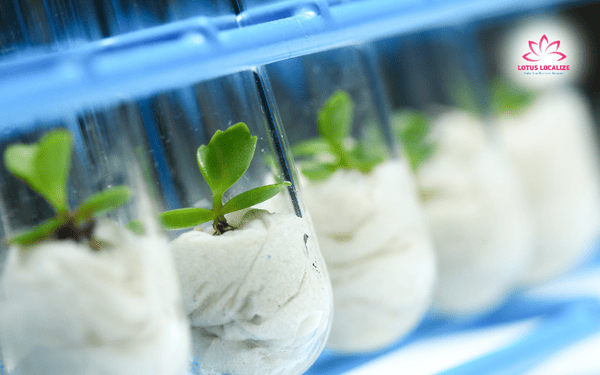
- Enhancing patient safety: In clinical trials, accurate translation of protocols, consent forms, and adverse event reports is critical to ensuring participant safety and regulatory compliance. Missteps here can lead to delays or even halted studies. For instance, errors in translating dosage instructions or safety guidelines could jeopardize trial outcomes and compromise participant well-being.
- Supporting market entry and compliance: Biotech companies must adhere to regulatory requirements when entering new markets. Well-translated submissions help streamline approvals and foster trust with regulatory bodies. Beyond compliance, clear translations also improve communication with local healthcare providers and consumers, paving the way for successful product adoption.
- Building public trust and awareness: Biotechnology often deals with complex and sometimes controversial topics, such as gene editing and synthetic biology. Translating information into local languages and making it understandable can help educate the public, dispel misinformation, and build trust in biotech innovations.
In summary, biotechnology translation is not just a logistical necessity; it’s a strategic tool for fostering collaboration, ensuring safety, and driving global innovation.
Overcoming challenges in biotechnology translation
Translating biotechnology materials presents unique challenges that demand specialized solutions:
Complex and specialized terminology
Biotechnology documents often use highly technical language that requires expertise in both the subject matter and the target language. Collaborating with linguists who have a background in life sciences (life science translation) is key. Translators must stay updated with evolving terminology, as new discoveries and technologies frequently introduce novel concepts. For example, terms related to CRISPR technology or mRNA vaccines require precise and accurate translation to avoid misinterpretation.
Solution: Collaborate with expert translators who possess a deep understanding of biotechnology and life sciences. These professionals should not only have language skills but also be familiar with the latest research and innovations. To ensure accuracy, translators should use trusted glossaries and reference materials specific to the biotech industry. Regular training sessions and access to ongoing updates from scientific communities can help translators stay informed about new terms and evolving concepts.
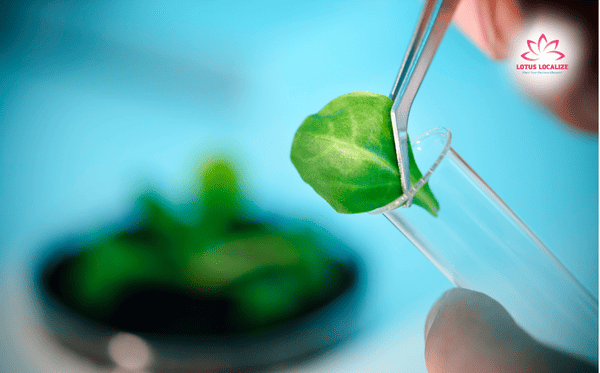
Regulatory differences across regions
Different countries have specific requirements for documents, such as clinical trials or product approvals. Translators must be familiar with the regulatory frameworks of the target market. For instance, the European Medicines Agency (EMA) and the U.S. Food and Drug Administration (FDA) have distinct documentation standards, and understanding these nuances is critical for successful submissions.
Solution: Establish a team of translators who are familiar with the regulatory requirements of different countries. Working with consultants or experts in regulatory affairs can provide additional insights into local documentation standards. To navigate these complexities, it’s important to tailor translations based on the specific regulatory body’s preferences, ensuring compliance with guidelines from organizations such as the EMA or FDA. Translation providers should have experience handling regulatory documents, such as clinical trials and product approvals, and be well-versed in regional differences.
Maintaining cultural sensitivity
Beyond linguistic accuracy, ensuring cultural appropriateness is essential, especially for patient-facing materials. For instance, terminologies or phrasing may need adaptation to fit local customs or medical practices. In some cultures, indirect language is preferred when discussing sensitive health issues, while others value straightforward communication. Adapting to these preferences ensures that the translated content resonates with its audience.
Solution: To address cultural differences, translators should work closely with cultural experts who can provide guidance on local medical practices, language preferences, and cultural nuances. Additionally, translators should adapt the language and tone of the content based on the cultural context. For example, in regions where direct communication about medical topics may be considered too blunt, softer, more indirect phrasing should be used. For patient-facing materials, it is important to ensure that the content not only communicates the necessary information but also aligns with local expectations for clarity, tone, and sensitivity.

Data security and confidentiality
Biotechnology projects often involve proprietary information and intellectual property. Ensuring the confidentiality of sensitive data during the translation process is crucial. Implementing secure workflows and working with trusted translation providers can mitigate risks and protect client information.
Solution: To safeguard sensitive biotechnology data, it’s crucial to establish secure workflows throughout the translation process. This can include using encryption tools, working with certified translation providers who adhere to confidentiality agreements (NDAs), and implementing restricted access protocols. Translation teams should be trained in data protection measures and ensure that all electronic and physical materials are securely stored and transmitted. Additionally, partnering with a trusted translation provider with experience handling proprietary biotechnology information ensures that intellectual property is well-protected.
By using cutting-edge technology like translation memory and machine learning tools, alongside skilled human translators, these challenges can be effectively addressed to deliver precise and reliable translations. Furthermore, fostering collaboration between translators and subject matter experts ensures that complex concepts are accurately conveyed without losing scientific integrity.
Read more: Accurate medical device translation: the cornerstone of compliance and global success
Industries that rely heavily on biotechnology translation
Biotechnology translation is pivotal across a range of industries, each benefiting uniquely from its services:
- Pharmaceuticals: Translating drug development research, clinical trial documents, and product information ensures compliance and patient safety worldwide. The pharmaceutical industry’s reliance on accurate translation is particularly evident during the development and distribution of vaccines and therapies. For instance, during the COVID-19 pandemic, translating vaccine information into multiple languages was essential for global distribution and acceptance.
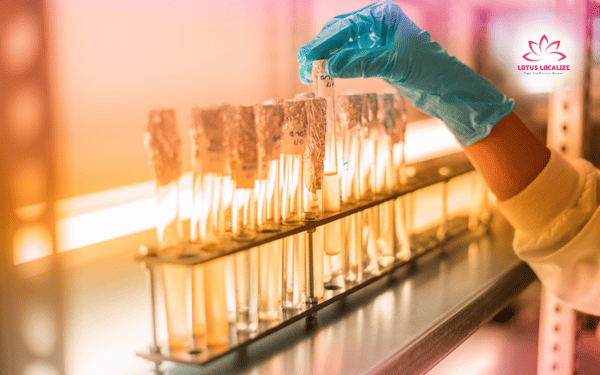
- Agricultural biotech: Innovations in genetically modified organisms (GMOs), pest-resistant crops, and sustainable farming practices rely on effective translation for global implementation. Translating agricultural research ensures that farmers and policymakers in different regions can adopt new technologies effectively. For example, translating guidelines for drought-resistant crops into local languages enables their successful cultivation in regions prone to water scarcity.
- Healthcare and diagnostics: From diagnostic tools to personalized medicine, biotechnology translation supports the development and distribution of healthcare solutions globally. Accurate translation ensures that diagnostic instructions, medical device manuals, and patient reports are comprehensible to healthcare providers and patients alike, improving outcomes and safety.
- Environmental biotech: Solutions for waste management, bioenergy production, and environmental conservation often involve international collaboration and regulatory approvals, requiring accurate translation. For instance, translating research on biofuels or biodegradable materials can help promote their adoption in regions with varying environmental policies.
- Academic and research institutions: Universities and research centers heavily rely on biotechnology translation to disseminate findings to a global audience. Publishing research in multiple languages ensures wider reach, recognition, and collaboration opportunities, driving progress in the field.
These industries showcase the critical role biotechnology translation plays in advancing innovation, ensuring compliance, and fostering global collaboration. By bridging language barriers, it empowers sectors to achieve breakthroughs and deliver impactful solutions worldwide.
Steps to achieve high-quality biotechnology translation
To ensure top-notch biotechnology translation, the following strategies are essential:
- Partner with specialized translators: Collaborate with linguists who have expertise in biotechnology and a proven track record in the life sciences industry. Their familiarity with terminology ensures accuracy and reliability. Specialized translators also understand the nuances of scientific language, ensuring that translations maintain the intended meaning and tone.
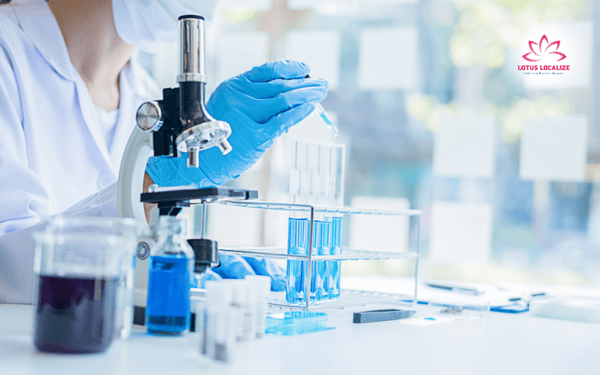
- Leverage advanced technology: Use tools like translation memory, glossaries, and machine learning to maintain consistency across projects and improve efficiency. These tools help reduce turnaround times while ensuring that repeated terms and phrases are consistently translated throughout the document.
- Incorporate rigorous quality assurance: Implement multi-step reviews involving subject matter experts, editors, and proofreaders to catch errors and enhance accuracy. A robust quality assurance process ensures that translations meet both linguistic and technical standards, reducing the risk of errors that could have costly implications.
- Understand the target audience: Tailor translations to the specific needs of the audience, whether they are researchers, regulatory officials, or patients, to ensure clarity and engagement. For instance, scientific papers require precise and formal language, while patient brochures should prioritize simplicity and accessibility.
- Stay updated on industry trends: Biotechnology is a rapidly evolving field, and staying informed about the latest developments ensures that translations remain relevant and accurate. Translators should regularly update their knowledge base to handle new terminologies and concepts effectively.
By focusing on these principles, biotech companies can ensure that their translations not only meet regulatory requirements but also resonate with global audiences. In doing so, they can establish themselves as trusted leaders in their industry.
Empowering innovation through biotechnology translation with Lotus Localize
Biotechnology translation serves as the bridge that connects diverse linguistic landscapes with the universal goal of scientific and technological progress. By overcoming language barriers, it facilitates the global exchange of knowledge, supports regulatory compliance, and ensures patient safety.
At Lotus Localize, we understand the complexities and precision required in biotechnology translation. Our commitment to accuracy, technical expertise, and cultural understanding ensures that your content resonates globally. Let us help you unlock the full potential of your biotechnology projects and drive innovation forward.
Lotus Localize offers professional translation services for various specialized industries: life science translation, technology translation, manufacturing translation, e-learning translation, legal translation,… ensuring your message resonates—whether in writing or speech. Let us help you bridge linguistic gaps and connect with audiences worldwide.
Contact us today at our hotline or Whatsapp: + 84 866 224 968 or visit the websites: dichthuathoasen.com/en/. Let Lotus Localize accompany you in bringing products, people, and culture to the global stage, and together, we’ll create miracles!
📩 Ready to expand your global impact? Contact us today to explore our professional biotechnology translation services!
QUALITY PROMISE
At Lotus Localize, we are dedicated to delivering high-quality services and ensuring the utmost satisfaction in every client project. Our team of translators and staff consistently exert effort and adhere rigorously to quality management procedures. This commitment guarantees that each project progresses seamlessly, meets deadlines, and exceeds our clients' expectations.
